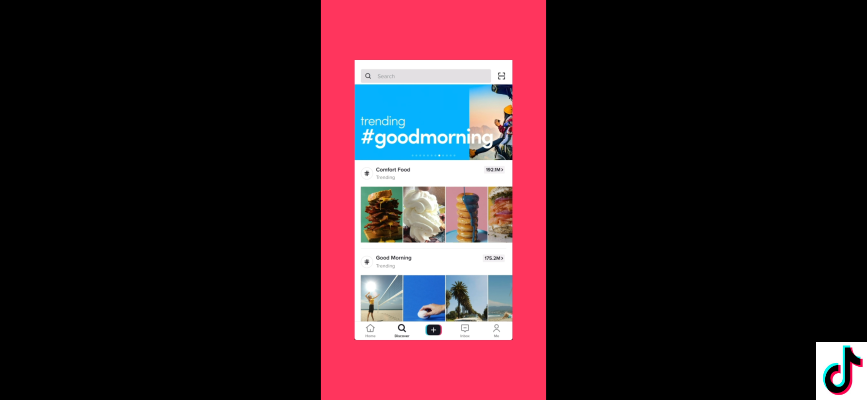Published on DCN on April 28, 2021 here
By Greg Morrow, General Manager FUEL – Bitcentral
Compared with the automotive industry’s “teenage years” when it dallied with radical interfaces for how to drive a car – including levers and pullies for steering, acceleration, and brakes – the TV world settled down quickly in terms of accessibility. The TV channel model with sequential numbers and +/- volume controls led on neatly to the Electronic Program Guide (EPG) which celebrates its 40th birthday this year.
The biggest change to the EPG was the arrival of pay-TV services in the 1980s and OTT/VOD in the 1990s. However, as it enters middle age, stagnation of innovation may have set in. For many, the Netflix-style carousel has become the defacto standard. However, there are a few market insurgents. Pluto TV and even non-traditional platforms such as TikTok are challenging how an increasingly “tech-savvy” audience engages with content.

TV: Wounded but far from dead!
The recent pandemic has accelerated a growing trend away from linear towards on-demand viewing. Yet, the TV is still winning overall. Nielsen’s 2020 total audience report highlighted that the average U.S. adult spends 27 hours per week watching the TV. This includes live, on-demand, and DVR. Only 19% of video consumption is through subscription streaming services. And, while not explicitly broken out by Nielsen, areas such as video gaming and even DVDs saw significant rises during the pandemic.
Even at a time when Netflix breached 200 million global subscribers and Disney+ edges over 100 million, most viewing is still initiated through an EPG. And there are probably several thousand variants in use across the 1.8bn global TV households.
Its ubiquity has led to familiarity but also a potential constraint to innovation. On the plus side, the EPG’s simplicity and almost universal “scroll down for more” methodology is easy to use, fast, and well understood. The left and right functions to show timeslots fit neatly with the way broadcast schedules work. This familiarity is a factor in why TV viewing is still number one – at least for the over 25s. And, for better or worse, many of its rules have been passed to the OTT/VoD world.
However, the EPG has recently evolved within OTT and Netlix’s own research group. This provides insights via controlled A/B experiments to test most proposed changes to its product. These include new recommendation algorithms, user interface (UI) features, content promotions, and other areas. Some of the nuggets to emerge include 75% of all Netflix watching is based on its own suggestions and algorithms. Content slate images, when tweaked, can result in up to 30% percent more views for a particular title. However, the Netflix kimono is not completely open. For example, few data points exist around key areas such as churn and session duration.
Ticking bomb
Yet, the biggest shift for the EPG concept is not even coming from Netflix. The real insurgents are the likes of Facebook and, more recently, TikTok. It might seem odd to define TikTok as built around an EPG. However, the interface design – with instantly playing videos, up and down swipes to move forward and back within a linear output – and follower model (…remember ‘favorite channels’ from old TV remotes) shares the same traits of simplicity and ease of use. At its heart, it is not revolutionary. That said, it takes an evolutionary step from the “so uncool” EPG era.
As an app launched in 2016, downloaded over 2 billion times, and with around 700 million monthly active users worldwide, its model can teach the wider media industry a few lessons. The TikTok experience is both wonderfully simple yet incredibly powerful. In 2019, TikTok generated an average session time of nearly 11 minutes, which is over twice that of Facebook.
TikTok is clearly in the category of social media rather than TV platform. However, it stands out in terms of high engagement levels – and ad revenue for ByteDance. According to AdAge a single ad on TikTok can cost between $50,000 to $120,000 depending on format and duration.
Behind the scenes, TikTok (as with all social platforms) is crunching data troughs filled by its audience to create a “TV for one” format. And this concept is at the heart of where the EPG is heading as an interface. It is becoming more personalized and dynamic to reflect a similar shift in content better tailored to the audience.
Can’t all data just get along?
Yet building engaging EPGs that draw in audiences for longer sessions requires several components. The technology is already here. However, what is missing is the data to underpin the creation of highly personalized, dynamic, and relevant services. This data must flow between those who produce content, those who distribute content, and the content consumers.
Unfortunately, at present, the various parties don’t share much of this data. That means that linear TV output and, to a lesser extent, what is surfaced on OD platforms, is still very much trial and error. We need is an Interactive Advertising Bureau (IAB) style organization that can help standardize data sets and broker stakeholder data-sharing agreements. Although a potentially radical idea, the result is a net win for all involved – especially consumers that can finally get more relevant content. And, within a Free Ad-Supported Television (FAST) model – they will also see more relevant advertising based on their aggregated preferences.
This data sharing is starting to happen, albeit slowly. We are also starting to see real-world services populate content via the EPG with a dynamic playlist that updates the content in real-time. This way, the time slot for content is not static. With sports as an example, the highlight of a goal from the most recent game would be inserted into the feed – like consumers expect from linear TV today.
Read the full article here.
